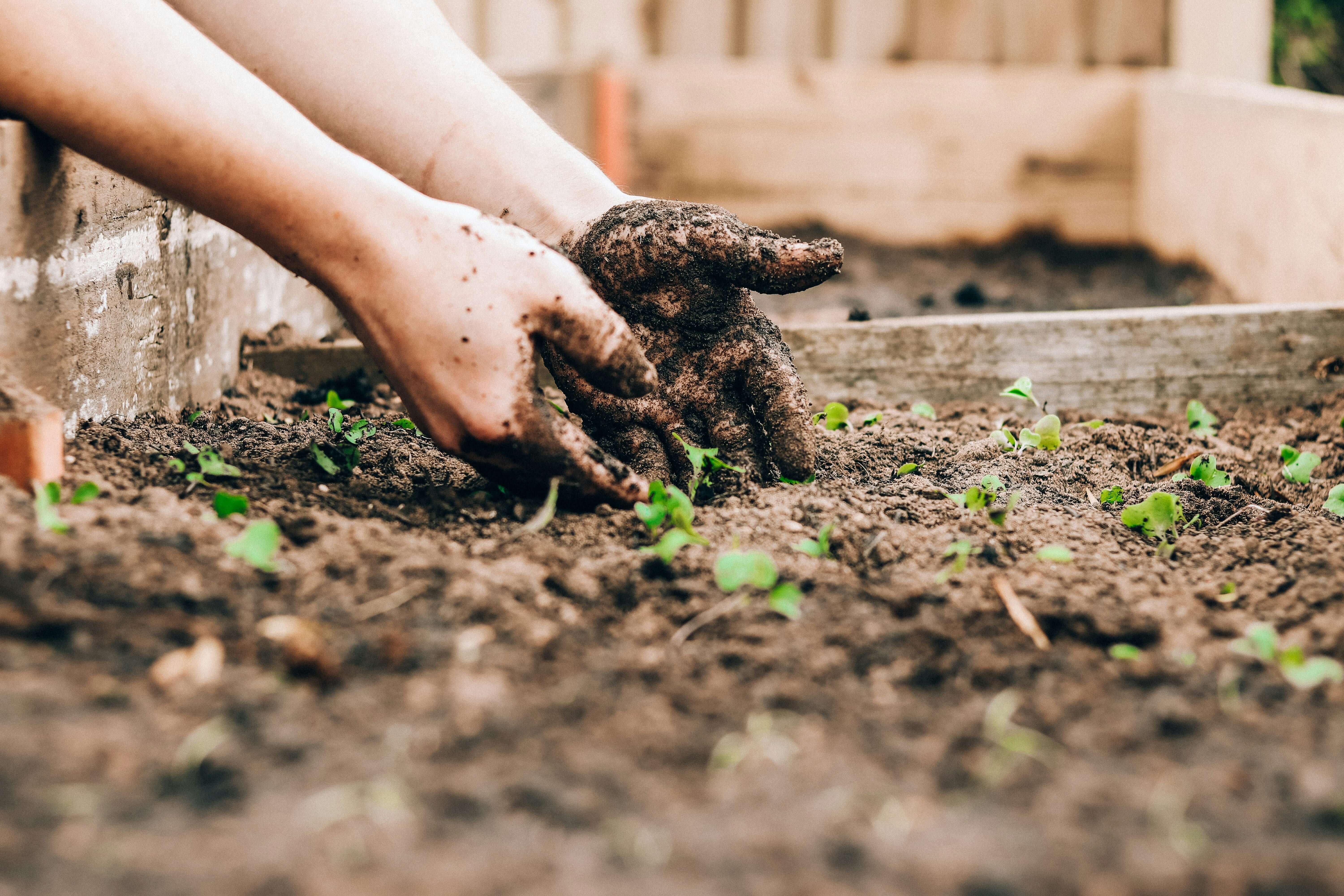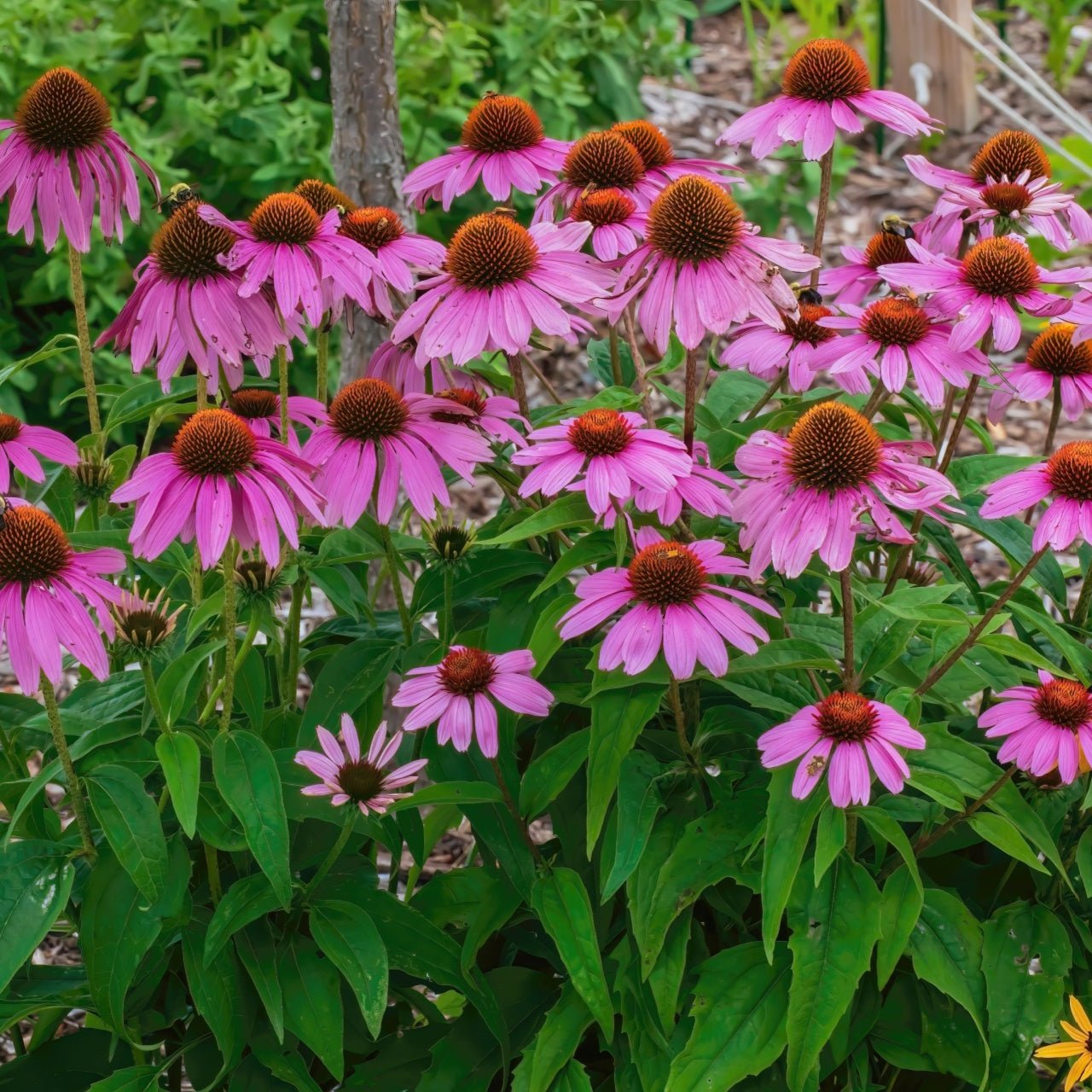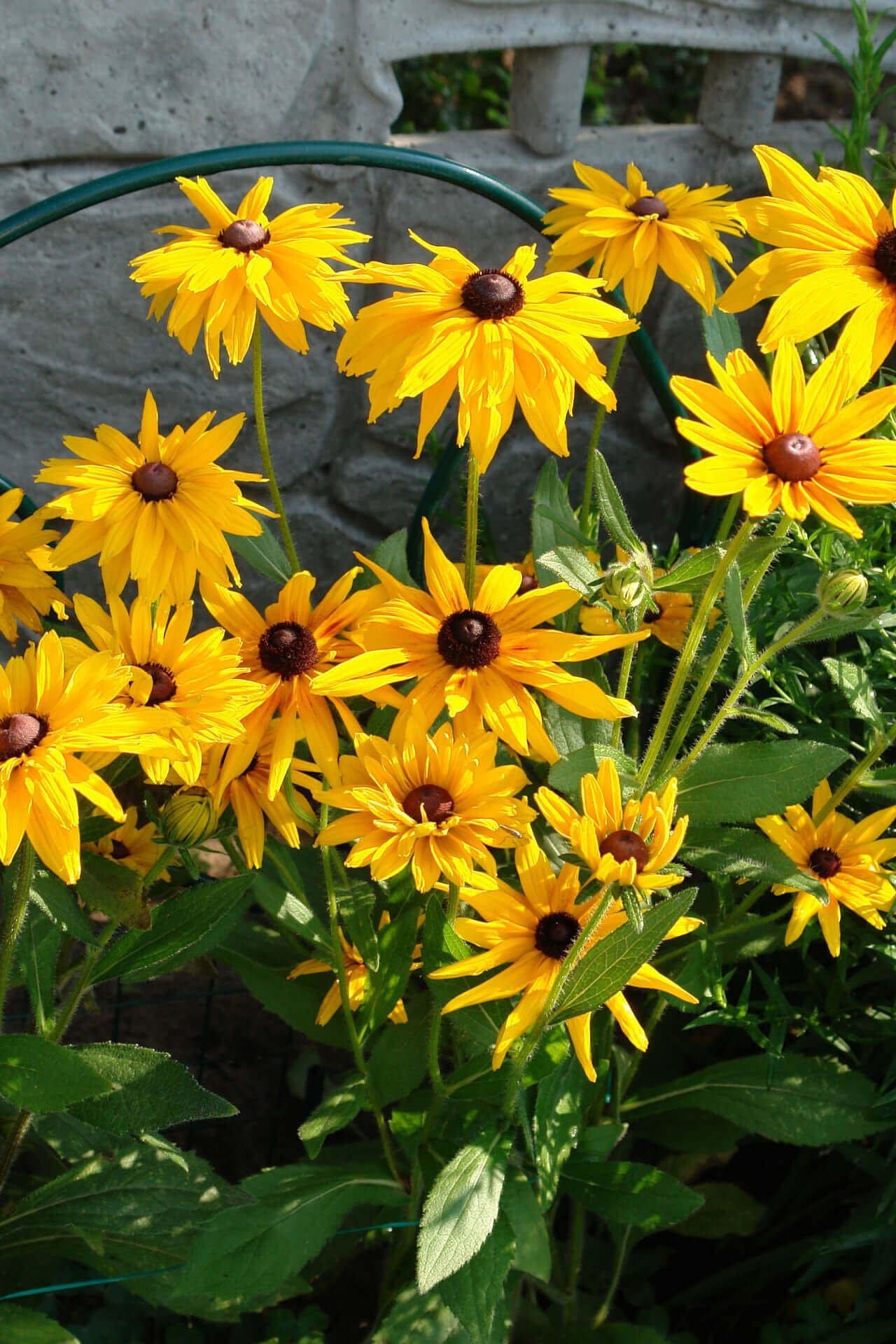Trying to garden in an area with poor soil can be very frustrating. Plants that grow easily everywhere else don’t grow in your yard. This blog will tell you how to enhance your soil and where to find some plants that will grow in your yard even with poor soil.
What Is Soil
Soil is a lot more than the stuff you plant things in. In fact, healthy soil is a complex mixture of weathered rock, dead organic matter, and living microbes, invertebrates, small mammals, plant roots, air, and water.
Types Of Soil Particles
The size of soil particles determines how well your soil drains and how many nutrients it contains.
Sand
Sand has the largest particles. Sand drains well but it doesn’t usually contain a lot of nutrients. The water that drains out so fast tends to leach the nutrients out when it drains.
Silt
Silt has particles that are smaller than sand but larger than clay. It has more nutrients than sand because water drains more slowly through it. Many river valleys have good farmland because the river has deposited silt in them over thousands of years.
Clay
Clay is the smallest particle in soil. Clay holds water and nutrients better than other soil particles. However, it may hold water a little too well. In addition, the breakdown of organic matter takes longer in clay soil. Because the particles are so tightly packed, clay can be hard to plant roots, air, and water to penetrate.
Loam
Loam is equal parts sand, silt, and clay. Loam is the best soil type to have, but it is fairly rare. Silty loam is widely considered the best soil to have.
Improving Your Soil
The type of bedrock an area has determines the 45% of soil that is weathered rock. If you have limestone, your soil is different from someone who has granite or basalt. You can’t really change this part of the soil.
Adding Organic Matter To The Soil
All types of soil will benefit from the addition of organic matter. Farmers often spread raw manure in their fields in late fall. It decomposes over the winter so that the nutrients in it are ready to feed plants in the spring. However, raw manure has some food safety concerns when spread in home gardens. It also tends to smell bad and can burn plants.
Compost is a mixture of herbivore manure (not dogs or cats), dead plants, grass clippings, and other dead stuff that has been processed by microbes so that the nutrients in it are available to plants. Compost is much safer than raw manure and doesn’t smell bad. Spreading an inch of compost over your landscape in early spring then mixing it in the top part of the soil will add organic matter and increase the amount of nutrients, air, and water the soil has in it.
Adding Microorganisms
Scientists have discovered that the microorganisms in soil are much more important than anyone knew. Mycorrhizae fungi live in and near plant roots and help them break down nitrogen, phosphorus, and micronutrients into forms the plants can use in exchange for simple sugars produced by the plant. The filaments that mycorrhizae fungi form when foraging for nutrients connect plants and enable some communication between plants. Chemicals the plants release alert neighboring plants to pests, diseases, and other problems so the plants can fight the problem. Studies have shown that plants release chemicals when under attack that they do not release normally. For example, pine beetles attack pine trees. At first, the pine tree increases resin production and drowns the beetles. Eventually there are so many pine beetles the tree runs out of excess resin. However, when pine beetles attack one pine tree, the pine trees around it increase resin production to protect themselves if they are attacked.
Because mycorrhizae fungi are so important to soil health and plant health, you can now buy inoculates from many online retailers. However, it is better to create the conditions for your native soil microbes to flourish than to add foreign ones to your soil. Compost has fungi in it, so spreading compost on your soil will add any microbes that might be missing.
Raised Beds
In some areas, the soil is so hard to grow anything in that raised beds are used. Raised beds are frames that are usually 12-18 inches tall. Cardboard is placed where the new bed is going to be to choke out any existing plants. The frame is placed on the cardboard. A mixture of compost and topsoil is used to fill the frame with soil almost to the top of the frame. Almost any plant will happily grow in a raised bed. The topsoil used is not the same as digging soil out of your yard and placing it in the frame. This topsoil is mined from riverbeds. Soil from your yard will compact too much in a raised bed and make life hard on your plants.
Using Native Plants
While adding organic matter to your soil is almost always desirable, there is an easier way to have a nice landscape even if you have poor soil. Use native plants. They are already adapted to the soil in the area as well as the amount of rainfall the area gets and the typical temperature range where you live. Once the plants are established, you give them a little fertilizer in the early spring, and they grow without much attention the rest of the year. Many native plants are beautiful and will look nice in any landscape style.
Some native plants, such as purple coneflower and black-eyed susans, will grow in a wide variety of locations and hardiness zones. Native to the plains, these plants will flourish from Michigan to the Gulf Coast. Other plants, such as Virginia bluebells, are specialized and only grow in a narrow niche. Virginia bluebells grow in woodlands and bloom for a bit early in the spring, before the deciduous trees get their leaves. The rest of the year, they are inconspicuous ground covers that do well with the dappled sunlight reaching the forest floor.
Finding Native Plants For Your Garden Soil
Our trained staff can tell you what plants are native to your location and help you pick something to fill any niche in your landscape. Call us at 931.692.7325 to discover which of our plants are native to your area.
Read more
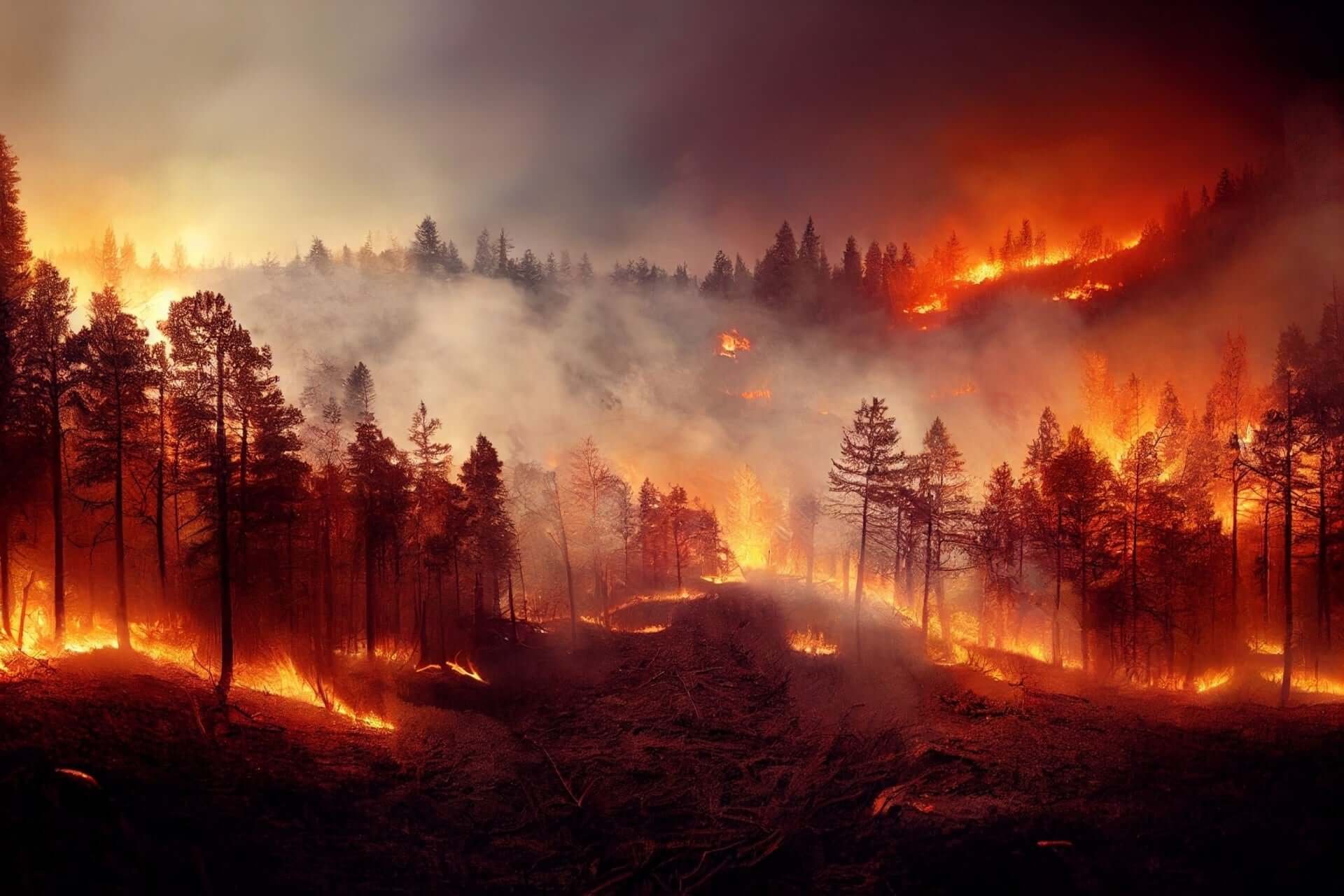
The devasting fires that have been sweeping the country destroy the plants in the landscape as well as buildings. If you have had a wildfire engulf your property, you need to understand how to help...
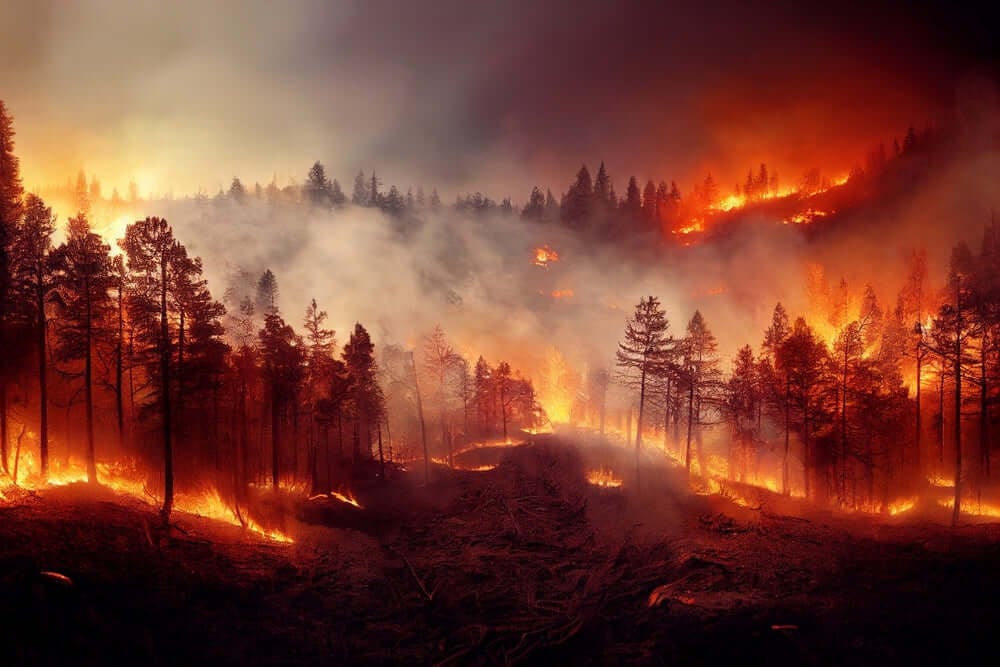
TN Nursery donates plants to disaster-stricken and fire areas. If you or anyone you know has been the victim of this terrible wildfire and lost plants, we'd love to help you restore your lawn and l...


